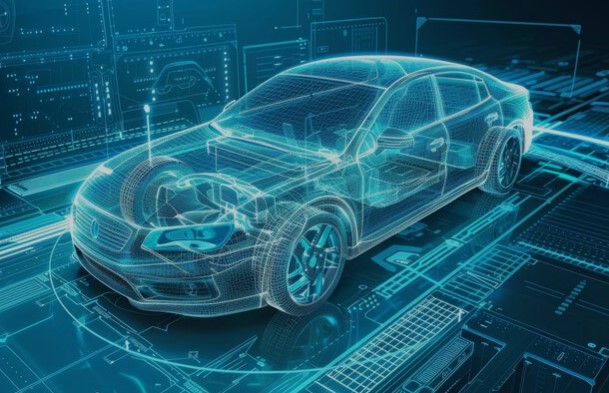The Autonomous Vehicle Revolution: How Close Are We to Full Automation?
Introduction
Autonomous vehicles (AVs) are revolutionizing the transportation industry, promising to enhance safety, reduce traffic congestion, and provide greater mobility. While self-driving technology has made significant advancements, full automation—where vehicles operate without any human intervention—remains an ongoing challenge. This article explores the current state of autonomous vehicles, the levels of automation, key technologies, challenges, and the future timeline for achieving full autonomy.
1. Understanding the Levels of Automation
The Society of Automotive Engineers (SAE) defines six levels of vehicle automation:
• Level 0 (No Automation): The driver has full control of the vehicle.
• Level 1 (Driver Assistance): Basic features like adaptive cruise control assist the driver but do not operate the vehicle.
• Level 2 (Partial Automation): Advanced driver-assistance systems (ADAS) can control acceleration, braking, and steering, but human oversight is required.
• Level 3 (Conditional Automation): The vehicle can operate autonomously in specific conditions, but the driver must take control when needed.
• Level 4 (High Automation): The car can drive itself in defined environments (e.g., urban areas with mapped infrastructure), but manual intervention may be required in unexpected situations.
• Level 5 (Full Automation): The vehicle operates independently in all conditions without human input.
Currently, most AVs operate at Level 2 or Level 3, with limited commercial deployments at Level 4.
2. Key Technologies Powering Autonomous Vehicles
Several advanced technologies contribute to the development of self-driving cars:
• Artificial Intelligence (AI) and Machine Learning: AI enables AVs to recognize objects, predict traffic behavior, and make driving decisions.
• LIDAR (Light Detection and Ranging): Uses laser sensors to create a 3D map of the environment for accurate navigation.
• RADAR (Radio Detection and Ranging): Detects objects and measures their distance and speed, even in poor visibility.
• Computer Vision: Cameras and image processing algorithms help AVs interpret road signs, lane markings, and pedestrians.
• GPS and High-Definition Mapping: Ensures accurate positioning and route planning.
• V2X (Vehicle-to-Everything) Communication: Enables AVs to share data with other vehicles, traffic signals, and infrastructure for improved safety and coordination.
3. Current Developments in Autonomous Vehicles
Major automotive companies and tech firms are heavily investing in AV research and testing:
• Tesla: Implements Full Self-Driving (FSD) capabilities, currently operating at Level 2-3 automation.
• Waymo: A leader in Level 4 automation, operating autonomous ride-hailing services in select cities.
• Cruise (General Motors): Deploying fully autonomous taxis in urban environments.
• Aurora and Argo AI: Developing self-driving technology for commercial freight and ride-sharing applications.
• Baidu Apollo (China): Advancing autonomous public transportation and smart city integration.
4. Challenges to Achieving Full Automation
Despite rapid advancements, several challenges remain before AVs reach Level 5 autonomy:
• Safety and Reliability: Ensuring AVs can handle complex real-world scenarios, including unpredictable human behavior.
• Regulatory and Legal Issues: Governments must establish laws and liability frameworks for AV operations.
• Cybersecurity Threats: Protecting AV systems from hacking and malicious attacks.
• Public Acceptance: Gaining trust from consumers and addressing concerns about safety and job displacement.
• Infrastructure Readiness: Expanding smart road networks, high-resolution maps, and charging infrastructure for AV fleets.
5. The Future Timeline for Full Automation
Experts predict a phased rollout of autonomous vehicles:
• 2025-2030: Widespread adoption of Level 4 AVs in controlled environments like urban transit and logistics.
• 2030-2040: Advancements in AI, regulations, and infrastructure may enable Level 5 automation in select regions.
• Beyond 2040: Full autonomy becomes mainstream, transforming personal mobility and public transportation.
Conclusion
The journey toward full automation is progressing steadily, with major breakthroughs in AI, sensor technology, and connectivity. However, safety, regulation, and infrastructure challenges must be addressed before fully autonomous vehicles become a common reality. As research and investment continue, the dream of self-driving cars operating seamlessly on roads worldwide may soon become a reality.



